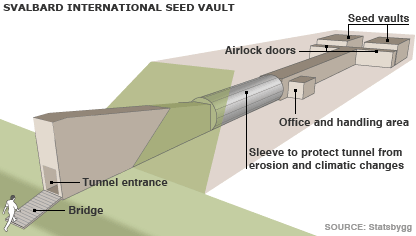Feb 23, 2007
Missile Defense Shield Expands to Europe
Posted by Ole Peter Galaasen in categories: defense, geopolitics, military
The Ballistic Missile Early Warning Radar System (BMEWS) at Fylingdales, U.K.
The ongoing debate on the proposed missile defense shield in Europe is heating up. Poland and the Czech Republic are among the possible sites and the UK is now showing interest in supporting the missile shield. Fears over the destabilising effects of such a shield was confirmed by a Russian general who said that they would target the system.
Vladimir Putin, Russia’s president, said America would trigger an “inevitable arms race” if it deployed interceptors in Europe to knock ballistic missiles out of the sky. A senior Russian general rumbled that Russian missiles would target any interceptors in eastern Europe. Poland’s prime minister told his people that Russia was trying to “scare” them. The Czech foreign minister (a prince with a splendid moustache) complained of Russian “blackmail”.
“The aim is to break ground on a European site in 2008, and for its interceptors to become operational in 2012. This week the Polish and Czech prime ministers said they were keen on hosting the missile-defence sites. That is a change: talks with the Poles have dragged on for years, thanks to elaborate Polish demands for things such as extra missile defences for their own country. Yet both Mr Blair and his Polish rivals face objections from three sources: from Russia, from many of their own voters and from fellow European leaders.”
Continue reading “Missile Defense Shield Expands to Europe” »








